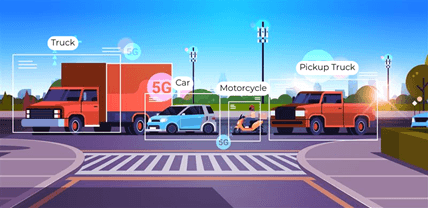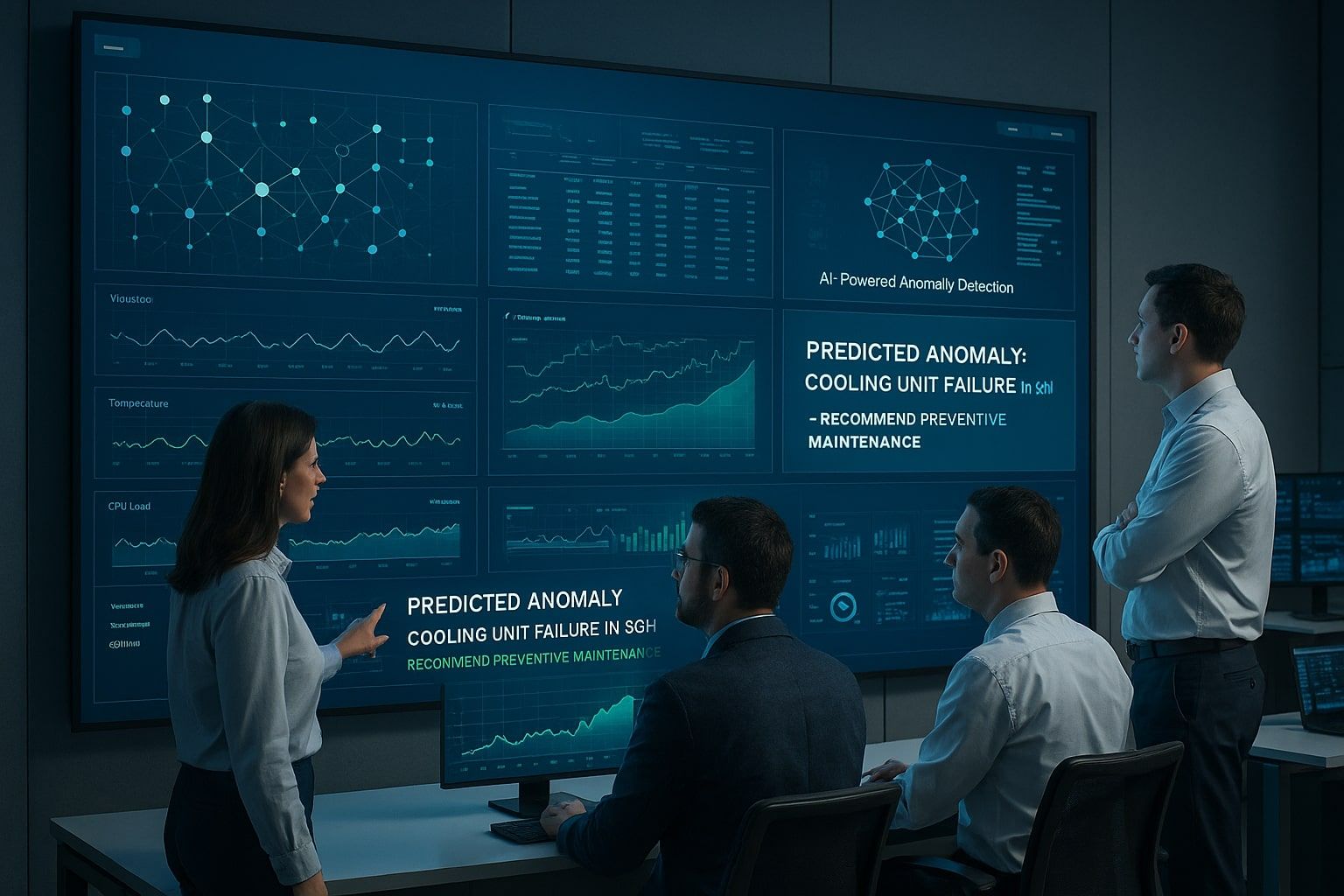Achieve Higher Accuracy in Vehicle Identification with Computer Vision
In today’s fast-paced world, accurate vehicle identification is crucial for various industries, including traffic management, security, parking systems, and toll collection.
In today’s fast-paced world, accurate vehicle identification is crucial for various industries, including traffic management, security, parking systems, and toll collection. Traditional methods, such as manual checks or basic optical character recognition (OCR), often fall short in terms of speed and precision. However, with advancements in Computer Vision, businesses and governments can now achieve higher accuracy in vehicle identification, enhancing efficiency and security.
Understanding Computer Vision
Computer vision is an artificial intelligence field designed to let machines see and understand different images and videos. Mirroring how humans use vision, computer vision designs are able to analyze images and videos and spot patterns, objects and certain elements. Processing visual data acquired by cameras and sensors within vehicle identification is made possible by computer vision.
Key Elements in Vehicle Identification
1. License Plate Number
The license plate is what vehicle recognition relies on the most. OCR techniques are used id systems to scan and confirm the numbers on each vehicle’s license plate.
2. Brand and Model
Recognizing the brand and model is necessary for both check and sorting procedures. Software models can pick up on subtle design details, logos, and shapes to tell different types of vehicles from one manufacturer apart from the next.
3. Vehicle Type
Sedan, SUV, truck, motorcycle and bus are examples of types that help with both roads and traffic, as well as the collection of tolls. When a vehicle is sorted accurately into its type, the system can use the right rules of it.
4. Color
Recognizing the vehicle’s color assist in narrowing down vehicle matches, especially in crowded or high traffic environments. Color detection algorithms analyze the dominant hues from images or video.
5. Year of Making and Model Year
Modern Analysis tools examine the design and added features in each moder year to try calculate the car’s born year. This helps maintain up to date vehicle databases for law enforcement and management purposes.
Benefits of Computer Vision in Vehicle Identification
1. Better prevention of errors made by people
Manual identification is prone to mistakes, especially in high-traffic areas. AI eliminates this risk by providing consistent, unbiased results.
2. Faster Processing
AI-powered systems can scan thousands of vehicles per hour, making them ideal for toll booths, parking lots, and border control.
3. Cost-Effective Automation
By automating vehicle identification, businesses reduce labor costs and operational inefficiencies.
How Accuracy Is Important in Vehicle Identification
- Traffic Flow Optimization: Proper identification of cars and other vehicles is needed for many different motives.
- Devices for Identification: Identifying the variety of vehicles traveling through the city allows planners to optimize the traffic lights and reduce traffic jams.
- Law Enforcement: Reliable recognition from cameras helps police find stolen cars and manage traffic rules.
Yet, getting high accuracy in the real world is difficult because of differences in light, a wide variety of cars and obstructions in crowded areas.
How to Raise the Accuracy of Training
1. Use Diverse and High-Quality Datasets
Using a wide range of datasets is necessary when you are training your algorithm. The data features crystal clear images and videos of several environments, lighting scenarios and vehicle models. When the data covers many situations, the model learns better to recognize vehicles and increases its overall performance.
2. Improve Annotation Quality
For training models well, data annotation must be exact and repeated. Issues or inaccuracies in labelling may reduce the model’s effectiveness. Strong annotation tools and a strict quality control process lead to each vehicle being correctly identified which helps the model catch the key differences.
3. Make Use of Newest Algorithms
Using the newest object detection method, YOLOv8 (You Only Look Once Version 8), greatly increases the detecting speed and accuracy. The design of YOLOv8 makes it perform well for real time detection and recognize many vehicle types almost instantly. Reliable vehicle identification depends on the detailed results from such advanced model for both bounding boxes and classification.
4. Optimize Processing with Edge Computing
Instead of putting all AI on cloud, it is better to run those models locally on edge cameras, which helps keep latency and bandwidth usage at a reasonable level. By using edge computing, vehicle identification can be done instantly from the camera, boosting both quickness and privacy of information. Because of this approach, monitoring in smart cities or on roads works well when the internet connection is not strong or unpredictable.
5. Leverage Contextual Data
When GPS, old traffic records and current weather details are included, vehicle identification is made more accurate. Because of this extra data, the system can decide better in crowded cities, there are more things than ever that could influence visibility and recognition.
Best Practices for Implementing Computer Vision in Vehicle Identification
Good practices must be used in computer vision for vehicle identification to reach its highest levels of performance and dependability. At the beginning, you need to make sure your data covers different kinds of vehicles, colors and situations to ensure it is diverse. Having this diversity means the model can spot vehicles correctly in a variety of real-life conditions.
For ongoing accuracy, models and data should be routinely refreshed to mirror the changes happening on the road with vehicles and traffic. For real-time applications, algorithms should be chosen that both operate fast and deliver accurate outcomes right away. Furthermore, by tracking and checking performance using accuracy, precision, and recall, one can find out where improvements are needed and help make the system more effective over time.
Vehicle identification has been enhanced computer vision which ensures both high accuracy and dependability in every environment. Advanced products from AssistX Vision which use AI, can raise the reliability and productivity of identifying vehicles in practical situations.
A highlighted product is Truck Hull Number Detection which recognizes and detects the hull numbers or codes stamped on the trucks using CCTV cameras and OCR technology. With this feature, tracking and managing truck fleets is accomplished precisely. Also, thanks to AI, AssistX Vision can accurately detect and report the presence and number of vehicles at specific locations such as gas stations, parking spaces and others.
Related articles: Revolutionizing Parking Management with AI-Powered Computer Vision


